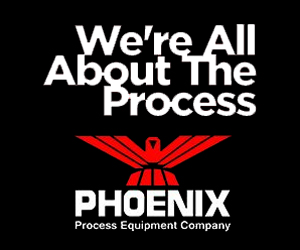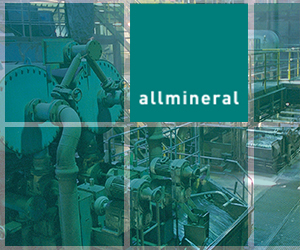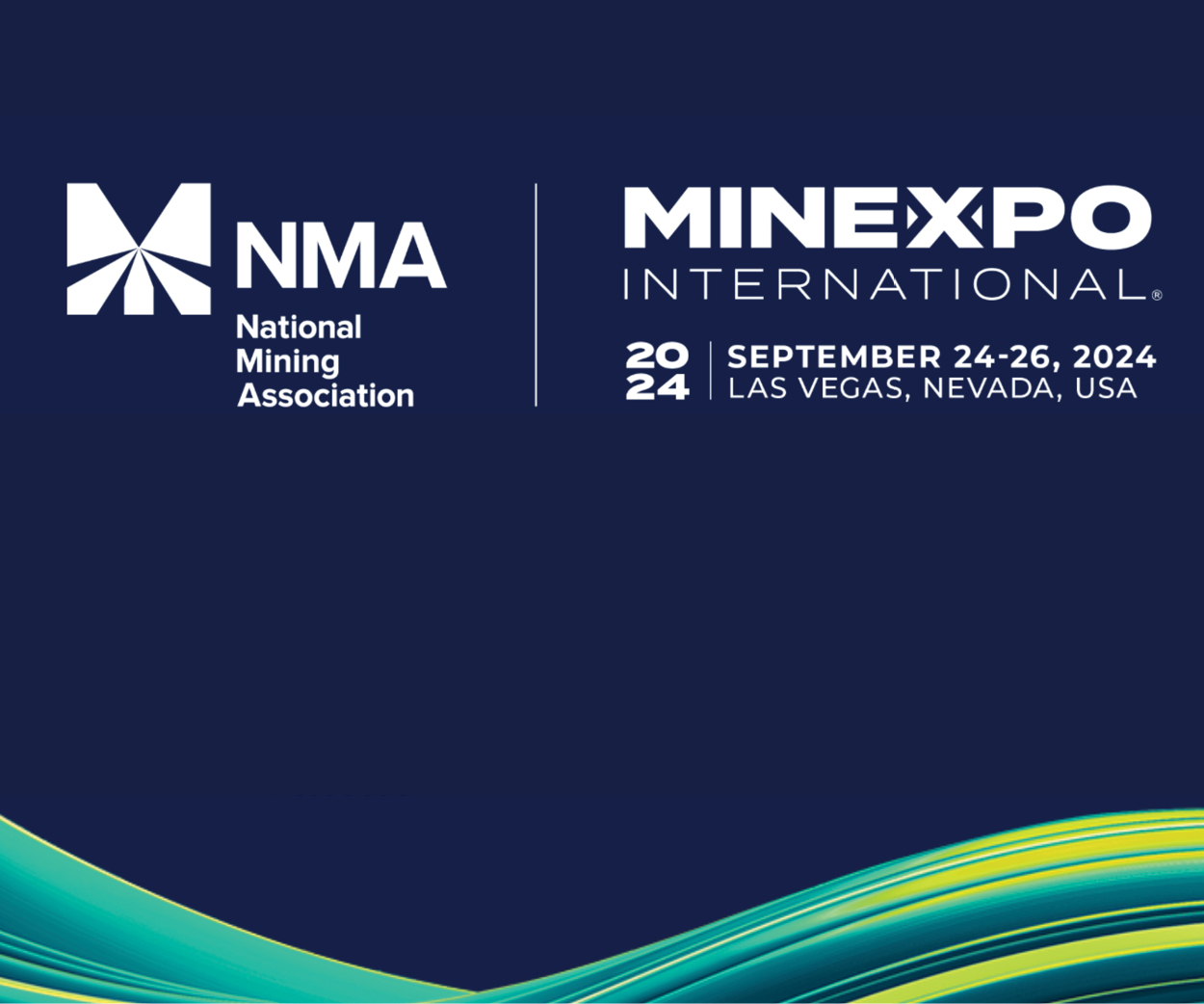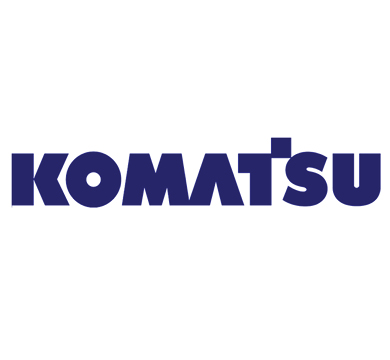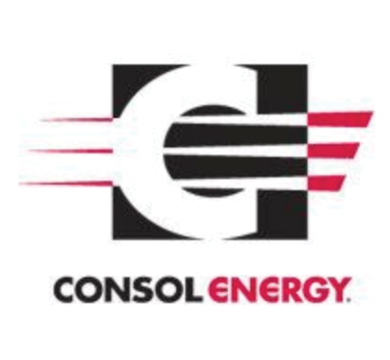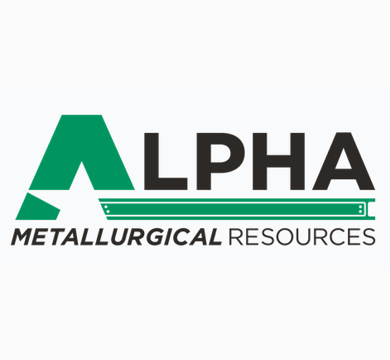How One Investor Revolutionized American Copper Markets
It is difficult to say with certainty whether he meant to do it or if, as a result of his natural drive and genius for business, it was just a case of one thing leading to another along a path only he could see. With Curtis Grubb Hussey, one can never really know for sure.
What started out as Hussey and his friend, John Hays, dabbling in a couple of Lake Superior mineral leases on Keweenaw Point, mushroomed into Hussey revolutionizing copper refining, manufacturing, and marketing in America, and wound up with him creating the first vertically integrated company in the United States that also pioneered crucible steel production.
Like nearly 75 percent of Americans at that time, Hussey grew up on a farm. But he wanted something more. He needed to challenge his mind. He became a physician and moved to Indiana. Hussey was ambitious, he was driven by an ingenious mind that could not rest.
After just four years in his practice, he had accumulated several thousand dollars, with which he purchased four general stores, and through one of them, he learned of a need for pork in and around New Orleans. He was soon shipping seasoned, wrapped cuts of pork downriver on keel boats, and got rich. But he got tired. And bored. He moved to Pittsburgh.
It there that Dr. Hussey met a druggist by the name of John Hays, and they became friends. Hays stopped by Hussey’s office one day in early 1843, and told him he was on his way to Lake Superior to see what all the copper talk was about. Hussey was intrigued and said he would pay half of Hays’ expenses.
A few months later, Hays was back with news that he had met a Boston investor named Jim Raymond who wanted to sell three mineral leases, each of which was three miles square. Discussions were had, investors found, deals made. In March, 1844, the Pittsburgh & Boston Copper Harbor Mining Company was organized, and Hays was appointed mine agent.
The mine at Copper Harbor failed. The one on the west branch of the Eagle River did not. The Cliff Mine was the first commercially profitable mine in the Lake Superior copper district. But most of its vein was in enormous masses, weighing as much as several tons. It needed to be cut up into pieces small enough to hoist up the shaft and out of the mine. At the Revere Copper Works in Boston, it created problems, too. The masses were too big, they were pure, rather than alloyed, and it was so difficult to smelt the company charged $80 per ton just discourage the business. Next, a Pittsburgh iron foundry and cannon factory was tried. That did not work out, either.
Hussey thought about the smelting process issue. He came up with an idea based on a furnace in Germany. He came up with a reverberator furnace with a removable top. Once the top was removed, mass copper could be lowered into it using cranes, and the furnace then fired. He had the furnace constructed in 1848 in Pittsburgh. It worked.
Bode Morin’s book, “The Legacy of American Copper Smelting,” states that after extensive research and experimenting, in 1851, Hussey built a cupola furnace to reclaim the copper lost in the slag from the reverberator furnace. It, too, worked. Hussey had revolutionized copper refining, and created a model in American smelting that is still in use today.
As a large investor and director in the Cliff and several other Lake Superior mines, Hussey’s copper smelting had a ready and willing customer, and began smelting his own copper and residual slag. And there in the warehouse it sat.
A New York commission provided the only market for copper, and that inefficient system was creating bottlenecks. Hussey, like always, began mulling the matter over in his mind, and while he was thinking, he arrived at another issue he could address. There were no copper or brass manufacturing works west of the Allegheny Mountains. This was a prime opportunity for the benefit of the Pittsburgh & Boston company mines, as well as other Michigan mines that wanted an outlet.
In July, 1850, the Pittsburgh Copper and Brass Works began milling and manufacturing copper and brass products, complete with a warehouse of manufactured products and materiel waiting to be shipped to clients. Hussey had by-passed the New York copper commission and found his own clients.
Just five years after the men at the Cliff Mine put a hole in the ground on Keweenaw Point, Hussey had evolved from a casual mineral speculator into a vertically integrated corporation, purchasing the copper from its own mines, smelting and refining the raw product, then milling and manufacturing copper and brass products his company brought to market. In so doing, he also purchased mineral lands in the Marquette iron range, and began working in iron and steel.
In doing so, he revolutionized copper refining, pioneered crucible steel technology in America, and became an indisputable element of American wealth and expansion.
This brings us up to a question: What happened to John Hays after the failed mine at Copper Harbor suspended operations? Hays seems to have fallen off the earth. However, according to several historical sources, he sold his interests in the Pittsburgh & Boston Copper Harbor Mining Company in 1846, and moved to Cleveland. But what attracted him to Cleveland was — Hussey. Hays remained in Hussey’s employ, and Hussey invited Hays to move to Cleveland to assist him in the construction and operation of a smelting works he was planning in that city.
Thanks to a friend with a curiosity in the Lake Superior copper district, Curtis Grubb Hussey at long last had found something to challenge his mind, and challenge it on several levels. It shows what can happen when someone gets bored.
— By: Graham Jaehnig, The Daily Mining Gazette













